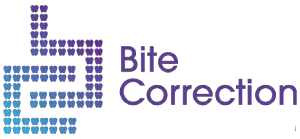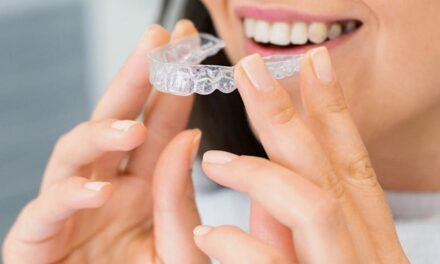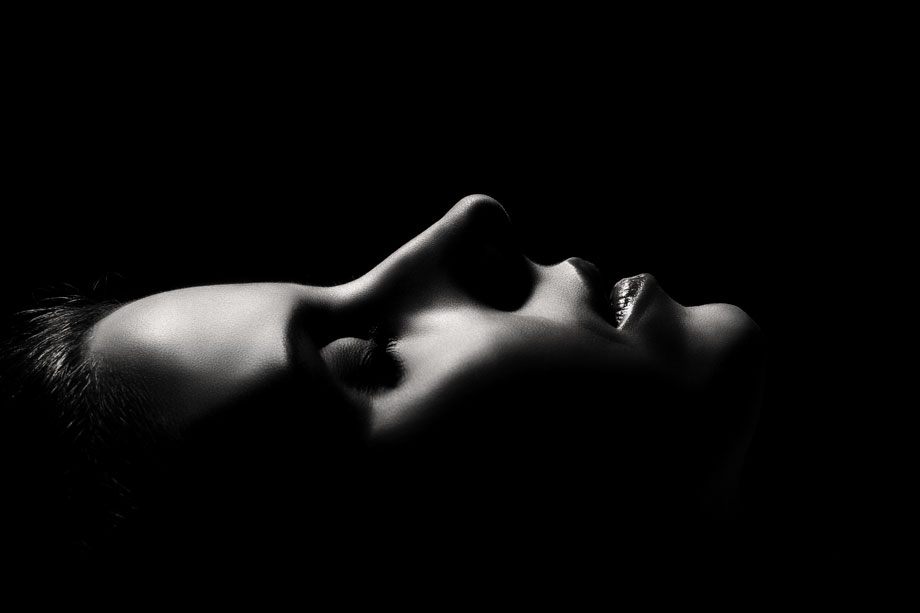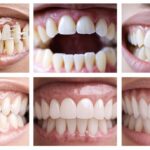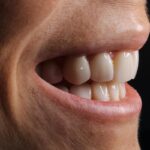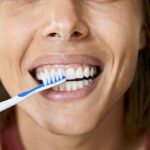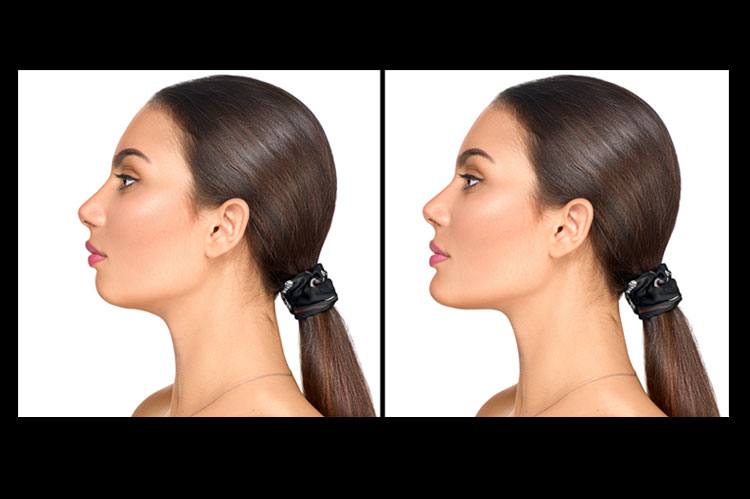
Is the size of your chin proportional to the rest of your facial features? Both balance and proportion are key to creating an optimal appearance. While many people are focused on improving the position of their teeth or the shape of the nose, don’t underestimate how much the positioning and shape of the chin play a role in overall aesthetics.
Not only does a small chin impact your appearance, but this condition can also affect the function of the jaw and mouth. Having a small chin doesn’t necessarily mean that something is wrong, but there are often reasons why patients seek treatment and services to correct this issue.
What Does a Small Chin Mean?
The term “small chins” is a general phrase used to describe a weak chin or jawline. Patients with small chins have less definition in the jawline, which affects appearance and function.
For example, when a person has a small chin, it often means that the jaw or chin has a rounded, soft angle instead of the defined jawline seen on other people. Other common terms for small chin include:
- Micrognathia – when the lower jaw is smaller than normal
- Receding chin – a lower jaw that is positioned behind the upper jaw
- Overbite – if the position of the jaw is set back, it can make the jaw appear to be small
One important note: in most cases, a small chin is often normal-sized. The appearance of a small chin doesn’t necessarily mean that the jaw is too small. Instead, a small chin usually happens because of the lower jaw’s position relative to the upper jaw (known as an overbite).
What Causes a Recessed Chin?
These are some of the most common causes of a small chin:
- Genetics: A weak jawline is usually genetic, which means that the person was born with a predisposition to this condition. For example, you might have a grandparent or parent with a weak jawline. Genetics affects many physical features in the facial area and other parts of the body.
- Thumb Sucking: Children who have the habit of thumb sucking can change the position of their teeth and jaw. Continuing this habit through childhood (and even into adulthood) can change the shape of the jawbone and result in the appearance of a small chin. The more regularly and intensely a child sucks their thumb, the higher risk of long-term consequences.
- Aging: The angle of the jaw changes with age, which can affect the appearance of the jaw. As the jaw angle increases, it reduces the definition of the lower sections of the face. Additionally, the aging process causes a decrease in bone density and volume, affecting the jawbone. Many people also have less support in the soft tissue surrounding the jawbone, causing everything to sag.
- Overbite: One of the most common reasons for the appearance of a small chin is that the top front teeth are positioned in front of the bottom front teeth – known as an overbite. If the lower jaw is set too far back, then it causes a weak jawline.
Does a Weak Chin Need to be Corrected?
In most cases, a small chin doesn’t affect a person’s ability to talk, eat, or smile. If the function is normal, then there isn’t an urgent need to correct a small chin.
The most common reason for patients to seek treatment is that they want to change their appearance. The look of a defined jawline is attractive. So, the desire is to correct the jaw’s position to improve the overall balance and proportions of the facial area.
How to Fix a Small Chin
When you are talking to an orthodontist or surgeon about small chin and jaw treatment, you can expect to have a conversation about your jaw position. Often, orthodontic treatments and non-invasive methods are effective to gently move the jaw into the desired position if you have a small chin and overbite.
In severe cases, surgery might be required to change the position and shape of the jaw. This treatment method is usually the last resort recommendation if other treatments aren’t effective in correcting the problem.
Here are a few options to consider if you are learning how to make a small chin bigger:
- Orthodontics: Since an overbite causes most small chins, orthodontics is a common solution. Potential orthodontic treatments include braces and other associated overbite corrective treatments.
- Cosmetic Surgery: Depending on the shape and positioning of the jaw, surgery can help change the jawline’s overall appearance. This treatment is invasive and requires weeks or months of recovery so you can heal from the incisions and alterations. Chin implants, also known as chin augmentation, are cosmetic to add extra definition to the chin with a synthetic substance that mimics the natural tissue. This method is one you might consider if you want to know how to make a small chin look bigger.
- Jaw Exercises: Some online resources suggest jaw exercises as an option to reshape the jaw. If you search for how to make your chin larger without surgery online, you’ll find a variety of resources with at-home exercises. While these exercises might seem like a desirable, non-invasive option, these methods aren’t proven to be effective. The best solution is to talk to an experienced industry expert, such as an orthodontist.
- Fillers and Botox: If the only reason to correct a small chin is for cosmetic purposes, dermal fillers can provide a temporary solution. When these soft gels are injected into the skin, they help enhance the treatment area’s appearance. Botox relaxes the jaw muscles, which can help create a slimmer appearance in the face. Dermal fillers last between 6 – 12 months, and Botox lasts around 3 months.
Ultimately, the most effective treatment for a small chin is to talk to an orthodontist to identify the underlying reason for this condition. Then, a treatment plan can be designed to improve both the appearance and function of your jaw and smile.
